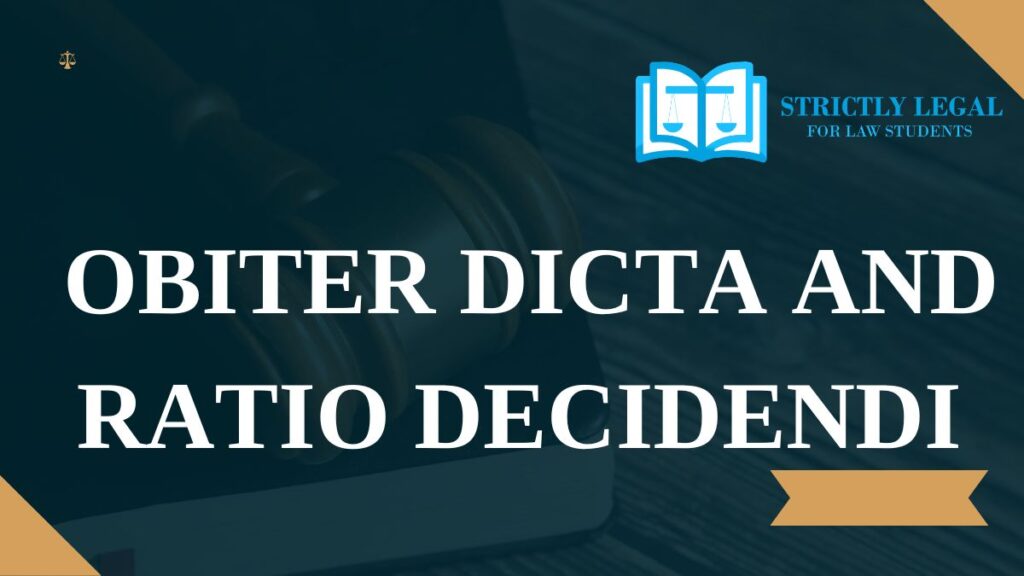The law is a notable apparatus in any of the societies as it properly sculpts the behavior and conduct of begins in that society. It recognizes the acceptable norms between the people and institutions which has that prospective to avoid conflicts and edicts the following of such norms. The non appearance of law in the society would devalue the absolute societal relationships and bring on an increase in egocentric and cruel notions among people of that society. Taking into consideration the aforementioned importance of law, it is relevant to specify the sources of law. The law has been evolved from three kinds of sources mainly customs, legislation and precedents. Instantly, customs are the acquired rule of conduct or behavior which is willingly adopted by a group of people in the initial stage. Next, such conduct advances to be an uncomplicated rule of that particular group. The development of such conduct to be a rule is known as customary law. As per the second source, legislations are the sensibly made laws either by the government or legislature of the country and these are presently taken to be the major source of law. The last source of law is Precedents, which can be taken as former decisions taken by various courts of law of the country which has a similar set of principles of a case.
Table of Contents
Concept of Ration Decidendi
The literal meaning of Ratio Decidendi is “reason for deciding”. In the context of the judiciary, ratio decidendi is taken to be for the reason which is cited for arriving at a decision in a case. Such a reason is not the law that is getting captivated in the extant case but is an important notion which helps the court conclude on a specific decision. It is a part of a precedent that is to be followed by the Court in succeeding decisions but not the general observations of the court. There is a debate of law involved with respect to the reasoning given by the judgment and not a dispute of fact. As the facts cannot be exact or similar in other cases, the contention and observations made by the Honorable Judge cannot be obligatory in other cases although the similar laws are captivated. However, the reasons for concluding a decision are obligatory. In case there are multiple reasons for deciding in a manner, all those reasons will be obligatory in the succeeding cases.
Concept of Obiter Dicta
Obiter Dicta is another part of a judgement like Ratio Decidendi is for coming to a conclusion. The very concept of Obiter Dicta has been defined in the case of Mohandas Issardas v. A.N. Sattanathan. It was contended that Obiter Dicta is the opinion expressed by the judge in the court or during the proclamation of the judgement which does not have any potentiality in the decision. This is anyway not an important component to come to a decision in any judgement but rather used for describing the circumstances. They are the subsidiary remarks made by the Court of Law while taking up the actual scenario of conflicts between the parties to the case. However, the Supreme Court’s obiter dictum carries a considerable weightage depending upon the kind of weightage provided by the court. If the orbiter dictum is just an unpretentious mention by the court, it does not hold any effect on the parties or the succeeding cases. On the other hand, specific obiter dicta have advisory or convincing value but are not obligatory on anyone.
More about Ratio Decidendi
It was contended that any of the decisions of a court which is obligatory as a precedent is not because of the end result or the order of that decision but based on the reasons and principles referred to in such a decision, in the case of B. Sharma Rao v. Union Territory of Pondicherry. The ratio in deciding a case would involve from the application of statutes, principles of natural justice, and the common law principles. In cases where multiple judges are benched, the reasons that are cited by the majority of them will have an effect of precedent on further cases. However, if the judges are convinced with the judgement or order but not with the ratio for coming to such a decision, such a judgement or order does not carry an obligation to be followed as a precedent. It is quite easier to say this but it is a little difficult for the judges to pick up the ratio from a book length judgement, however, it is the chief duty of the honorable judges to determine a ratio while coming to a conclusion, and the duty of the court while citing a case as a precedent is to identify what is the ration in that case. Ratio decidendi can be set on by classifying the material facts and leaving aside the needless facts behind. However, there are two tests that can be used to determine the ratio of a case. They are as follows:
Descriptive Ration
The test of Descriptive Ratio is a hypothesis or reason which aids the court to come to a conclusion or decision. It is the original ratio and is used as a help in cases in the future.
Prescriptive Ratio
Prescriptive ratio on the other hand is another test where the test of descriptive ratio is used as a precedent in a future case. It is a well-known fact that no case can be similar to facts or the law. For the same reason, there arises a problem, in the implementation of the principle as it is laid down in cases in the future. Hence, the test of descriptive ratio is minutely modified by the usage of level of generality in order to implement that as a prescriptive ratio.
Conclusion
Precedents or judgement hold a pivotal place in the field of law and judiciary decreasing the burden on the courts to a larger extent may it be directly or indirectly. It helps the honorable judges to conclude the succeeding cases to understand the essence and jurisprudence behind a legal principle rather than just implementing it. In addition to that, as Ratio Decidendi is a part that has to be marked out from the entire judgement while using a precedent, the law students, academicians, advocates and judges would need skill in plucking out the ratio and leaving behind general observations.

Law student.
Turning legal insights into engaging narratives.




